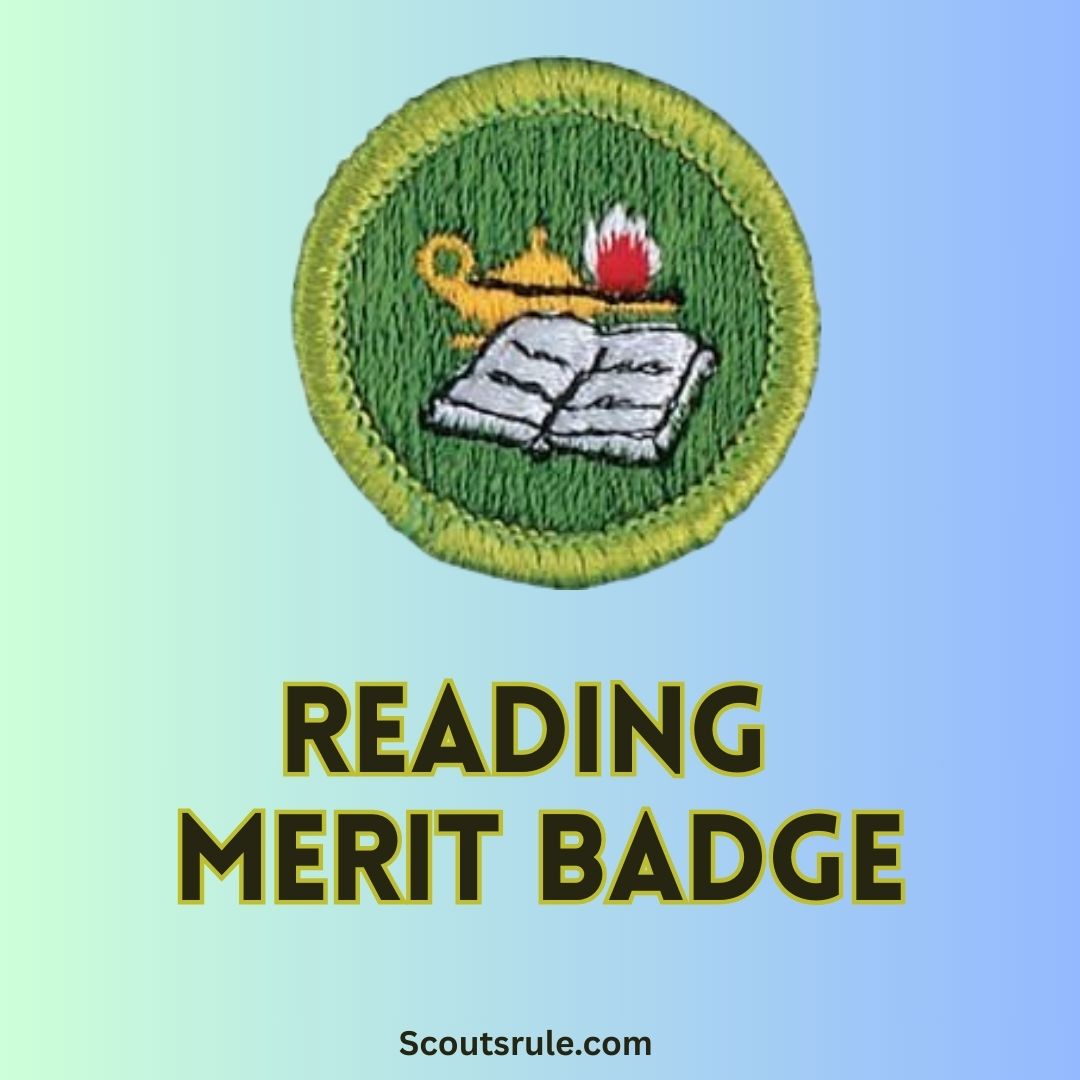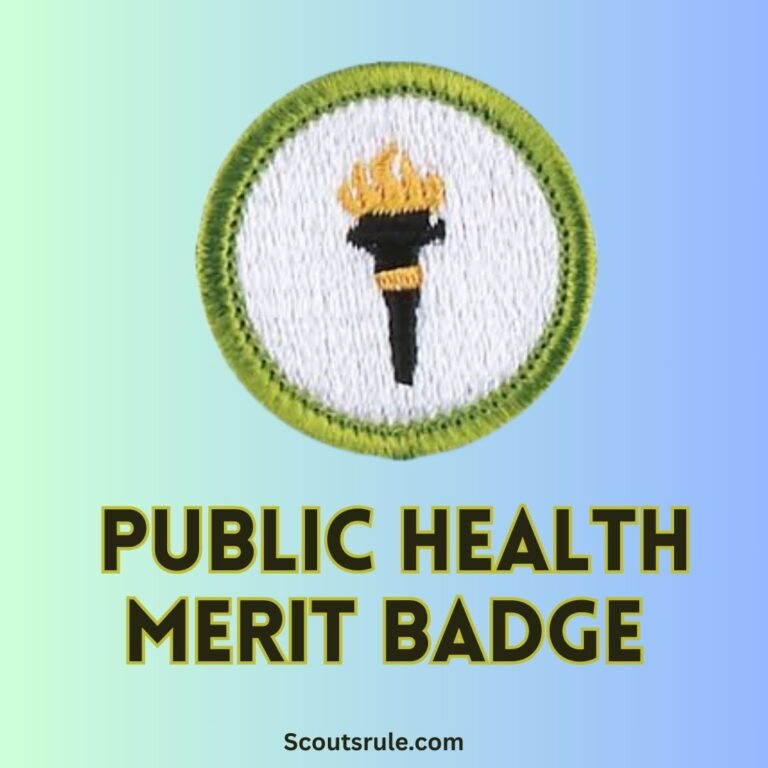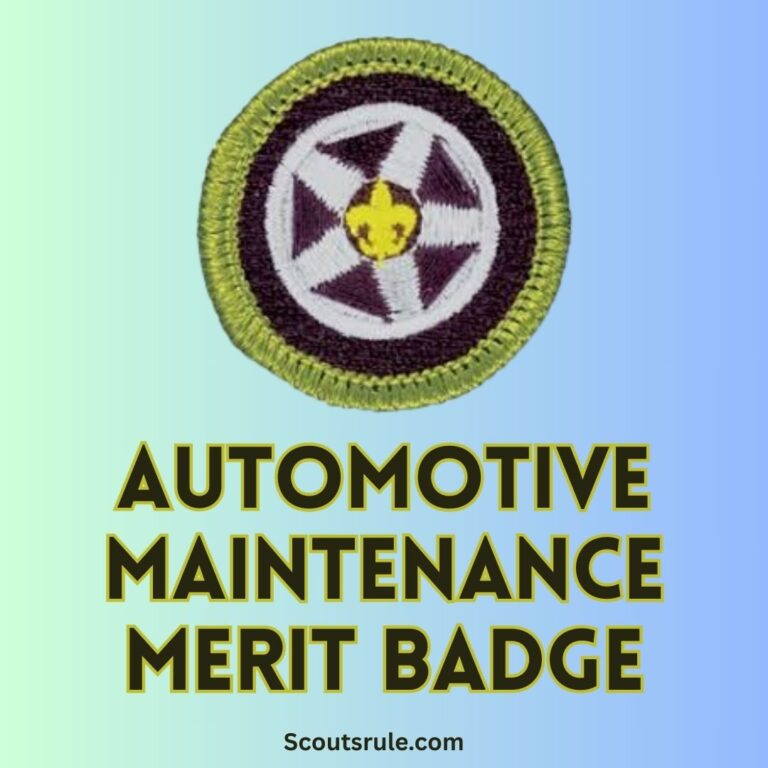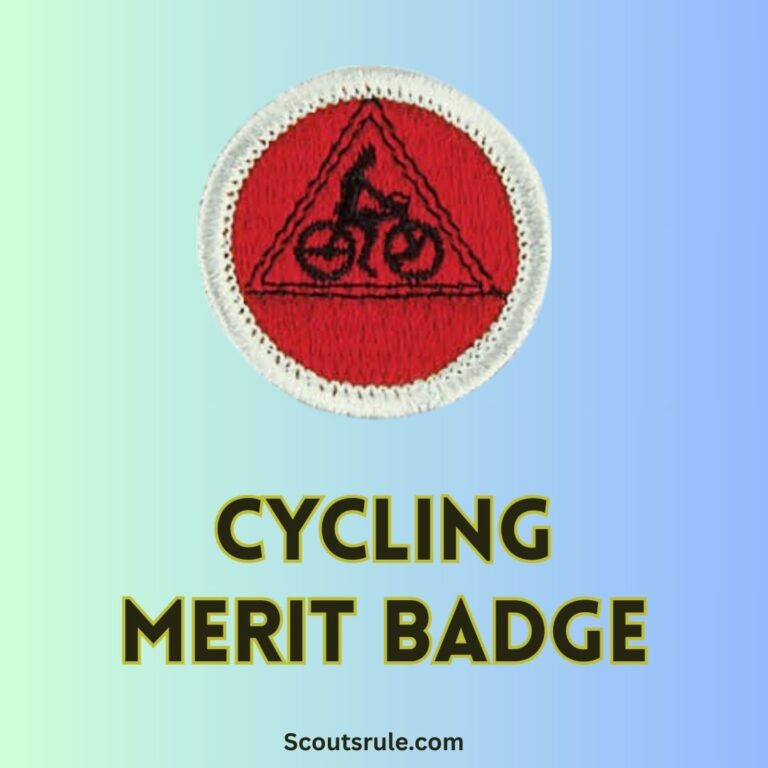
This guide is designed to help you understand the requirements of the badge, offer ideas for planning your projects, and provide strategies for research, documentation, and self‑reflection. Remember that these guidelines serve as a supplement to the official BSA pamphlet. Always work closely with your merit badge counselor to ensure your work meets local council standards and reflects your personal learning experience.
Post Contents
- Introduction: The Value of Reading
- 2. Purpose and Objectives of the Reading Merit Badge
- 3. Requirement 1: Exploring the Library
- 4. Requirement 2: Exploring an Author and Curating a Reading List
- 5. Requirement 3: Reading Different Types of Books and Sharing Your Experience
- 6. Requirement 4: Applying Knowledge from a How‑To Book
- 7. Requirement 5: Reading About the World
- 8. Documentation, Record Keeping, and Presentation Strategies
- 9. Additional Tips and Resources
- Conclusion: Fostering a Lifelong Love of Reading
Introduction: The Value of Reading
Reading is one of the most fundamental skills that shapes our learning, creativity, and understanding of the world. By mastering the art of reading and exploring diverse types of literature, you not only gain knowledge but also learn to think critically, empathize with different perspectives, and communicate effectively. The Reading Merit Badge challenges you to dive into the study of literature and information gathering—from experiencing the vibrant environment of libraries to exploring the works of great authors and discussing contemporary issues in our world.
As you progress through this badge, you will return to the roots of how you learned to read, appreciate the tools available in modern libraries, and expand your own reading horizons. With a focus on both personal enjoyment and critical analysis, the badge prepares you for lifelong learning and a deeper engagement with the world of literature and information.
2. Purpose and Objectives of the Reading Merit Badge
The goals of the Reading Merit Badge include but are not limited to:
- Educational Growth: Develop a comprehensive understanding of how reading is a vital skill for lifelong learning. Discover various literary genres and informational materials.
- Resource Literacy: Familiarize yourself with the organization and use of library resources—from card catalogs to modern computerized search systems.
- Analytical and Critical Thinking: Reflect on your reading choices and the content you consume. Analyze books, compare films with their literary sources, and discuss your findings clearly.
- Practical Application: Apply what you learn by conducting projects based on how‑to books, curating reading lists, and possibly giving presentations about your favorite books and authors.
- Civic Engagement: Enhance your understanding of how literature influences society and how reading can expand your awareness of current events, cultural dynamics, and social issues.
By engaging with these objectives, you’ll not only meet the badge requirements but also cultivate the curiosity and analytical skills that form the foundation of a lifelong reader.
3. Requirement 1: Exploring the Library
This requirement is designed to familiarize you with the organization and resources of a library, ensuring that you become proficient with its many tools and programs.
3.1 Touring the Library and Understanding Its Organization
- What to Do: Arrange a visit to your local library. During your tour, observe how the building or system is organized. Take note of:
- How books are arranged (by genre, author, subject, etc.)
- Special sections (e.g., reference, children’s, periodicals)
- The availability of computers, study spaces, and recommended reading areas
- Discussion Points: Talk with a librarian about the services offered, such as borrowing procedures, reading programs, and informational resources.
- Documentation: Write a summary of your tour. Include details such as the layout of the library and any unique features that impressed you.
3.2 Learning the Catalog System
- What to Do: Ask a librarian to demonstrate how to search the library’s card catalog or computerized catalog. Learn how to locate books by author, title, and subject.
- Tips: Practice searching for familiar titles or authors, and note how search results are organized.
- Documentation: Record your observations and describe what you learned about catalog systems. Explain how this skill could be useful for research and lifetime learning.
3.3 Searching for Books: A Practical Exercise
- Assignment Details: In the library, use the catalog system to choose six books that represent four different types of literature—such as poetry, fiction, nonfiction, and biographies.
- Steps:
- Note your selection criteria (why you chose these particular books).
- With librarian assistance, locate these books on the shelves.
- Documentation: Create a list of your chosen books. Include the title, author, and a brief explanation of why each fits its category. If possible, take photographs or make notes about where these books are located.
3.4 Understanding the Library Card
- What to Do: Learn what a library card is and why it is essential. Understand the process for obtaining a library card.
- Discussion: Ask questions about borrowing limits, overdue fines, and any other rules related to library usage.
- Documentation: Write a short explanation on what a library card is, its functions, and steps needed to acquire one. This summary should reflect both the process and the importance of having a library card.
4. Requirement 2: Exploring an Author and Curating a Reading List
This set of activities focuses on connecting with literature on a personal level and expanding your perspective through new reading experiences.
4.1 Identifying a Favorite Book and Its Author
- Activity: Choose a book you have truly enjoyed reading. Research the author and find out what other works they have produced.
- Reflection: Consider what makes this book stand out. Is it the writing style, the story, or the ideas presented?
- Documentation: Write an essay or a short summary highlighting why you enjoyed the book. Include information about the author and the influence of their other works on your interest.
4.2 Reviewing “Best Books” Lists
- Task: Explore one or more “best books” lists. These lists might be categorized by year, subject, genre, or “all time” classics.
- Objective: Identify at least one book from these lists that piques your interest as a title you would like to read.
- Documentation: Note down which lists you reviewed, the book(s) you selected, and why this book appeals to you. This exercise not only broadens your reading horizons but also helps in critical evaluation of what you value in literature.
5. Requirement 3: Reading Different Types of Books and Sharing Your Experience
You are required to read four books of different genres. Then, for each book, complete one of the following options to share your experience.
5.1 Selecting Your Four Book Types
- Genres to Consider: Some common categories are:
- Poetry
- Fiction
- Nonfiction
- Biographies
- Diversity: Make sure that the books you choose truly represent different types of literature. This broadens your perspective and challenges your reading skills.
5.2 Options for Sharing Your Experience
For each book, choose one method to communicate your understanding:
- Writing a Review: Write a review that discusses what you liked or didn’t like, and whether you would recommend the book to others. Focus on the themes, style, and impact of the work.
- Movie Comparison Option: If the book has been adapted into a movie, watch the adaptation. Then, compare what is the same and different between the book and the movie. Reflect on which medium conveyed the story better and why.
- Book Talk: Alternatively, prepare a “book talk” for your class, troop, or patrol. Create a presentation that includes key points from the book, share your personal response, and suggest why others might enjoy reading it.
Documentation: Record your responses through your written reviews, copies of your presentation notes, video recordings, or any written comparisons. Be sure to include your reflections on the process and what you learned about the genre you explored.
6. Requirement 4: Applying Knowledge from a How‑To Book
This requirement focuses on practical application. Find a nonfiction book or magazine that teaches you how to do something skill-related—this might include topics like cooking, woodwork, video game design, science experiments, or knot‑tying.
6.1 Selecting a How‑To Book
- Topic Choice: Choose a topic that genuinely interests you. The goal is to learn something new and apply it practically.
- Research: Identify reliable sources, ensuring the book or magazine is instructional and clear in its guidelines.
6.2 Completing the Project
- Plan and Perform: With the help of your merit badge counselor (and with parental or guardian permission), complete a project based on the instructions from your selected source. For example, if the book teaches a recipe or a woodworking project, follow the guidelines to complete the project.
- Reflect and Record: Document the process by noting any challenges encountered, what went well, and what you might do differently next time.
- Feedback: Share your completed project with your counselor. Be ready to discuss the outcome and your learning experience from the project.
7. Requirement 5: Reading About the World
To broaden your understanding of the world, you must read informational sources on various topics and discuss your findings.
7.1 Selecting Two Informational Sources
- Sources: Choose two different types of sources—for example, one book and one newspaper article or online resource. Topics might include current events, environmental issues, social trends, politics, sports, nature, or religion.
- Focus: Look for sources that provide in-depth information rather than just headlines. The objective is to gain insights into how the world works and to develop an informed perspective.
7.2 Sharing Your Insights
- Discussion: Summarize what you learned from these sources. Compare and contrast how different types of sources present their information.
- Reflection: Write an essay or create a presentation that discusses the relevance of what you learned to your personal interests or to your understanding of society.
- Follow-Up: Engage in a dialogue with your merit badge counselor about these sources. Ask questions like how current events influence public opinion and behavior, or what role media plays in shaping our understanding of complex issues.
8. Documentation, Record Keeping, and Presentation Strategies
A key aspect of earning the Reading Merit Badge is to document your progress clearly and thoroughly.
- Observation Journal: Keep a dedicated journal where you note dates, summaries, and reflections on each project or requirement. Organize it by requirement for ease of review.
- Visual Aids: Include photographs from library visits, copies of the best books lists you reviewed, sketches of book talk outlines, or images of your completed hands‑on project. Visual documentation enhances your written records.
- Project Binder or Digital Folder: Assemble all documents, printouts, and multimedia elements into one organized portfolio. Use a table of contents, clearly label sections, and include your reflections on what you learned.
- Final Presentation: Prepare a summary presentation that ties together your experiences. This might be a slide show or a poster summarizing key insights, personal growth, and how these experiences have deepened your love for reading.
9. Additional Tips and Resources
Additional Tips
- Schedule Regular Visits: Plan multiple visits to your local library at different times. Over time, you might notice seasonal displays, new book arrivals, or changes in reading programs.
- Engage Deeply: Ask plenty of questions when you’re at the library or interviewing someone about a book. Curiosity leads to deeper understanding.
- Mix It Up: If you always read one genre or similar topics, try branching out. Exploring multiple genres will not only fulfill the badge requirements but also encourage more well-rounded reading habits.
- Reflect on Personal Impact: Think about how your reading choices shape your worldview. Write about your favorite books and what they mean to you.
- Network with Others: Join a school or community book club; discussions with other readers often reveal new insights and broaden your understanding.
Resources
- Library Resources: Your local library’s website, card catalog, or computer system is an essential resource for searching and gathering books.
- Online Tools: Websites such as Goodreads can provide user reviews and recommendations. Many reputable news websites and online encyclopedias offer in‑depth articles on current events and various topics.
- Books: Consider both classic literature and contemporary bestsellers to ensure a variety of voices and perspectives.
- Magazines and Newspapers: Explore quality magazines (such as National Geographic, The New Yorker, or Scientific American) and respected newspapers for current events and analysis.
- Multimedia: Documentaries and educational series on platforms like PBS or the History Channel can reinforce your understanding of more complex topics.
- Official BSA Materials: Consult the official Reading Merit Badge pamphlet for the exact details and requirements. This ensures you adhere to the latest guidelines provided by the Boy Scouts of America.
Conclusion: Fostering a Lifelong Love of Reading
The Reading Merit Badge is much more than an assignment—it’s a journey into the heart of literature and media that builds a lifelong love of reading. As you tour libraries, learn to navigate the catalog, and explore a diversity of writings, you are not only fulfilling Scouting requirements but also laying the groundwork for a future of continuous learning and intellectual growth.
By reflecting on your favorite books and authors, comparing different genres, and applying skills learned from how‑to guides to practical projects, you develop critical thinking, refined communication, and self‑discipline. Your documented journey, complete with detailed observations, interviews, and creative projects, will serve as a testament to both your achievement and your enduring passion for reading.
May this experience ignite an interest in lifelong exploration of ideas, foster an appreciation for diverse viewpoints, and empower you to share the wonders of reading with others. Let every book you read broaden your mind and every discussion deepen your understanding of the world around you.
Happy reading—and may your journey through the Reading Merit Badge be as transformative as it is enjoyable!

Hi, Robin here, A former lead Scout and here I share my inspiring stories about USA Scouts, leadership, adventure, how to guides and more.






